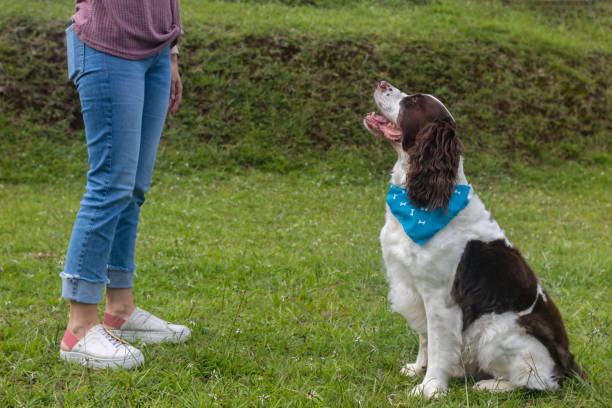The unique thing about dogs is that as soon as you take one in as part of your home and heart, you start pondering on the possibility of adding more to your family. The capacity we have to give love to these timeless friends seems infinite, and this affection is bountifully reciprocated with years of messy kisses.
Even when you already have a pack, it may be worth considering how you will be introducing a new dog into the wolf pack. Or you may have one pampered pooch but want to introduce another, and you’re not sure how your current dog will react.
It’s well known that dogs are a man’s best friend, but sometimes, not all dogs care for their canine companions. After all, your dogs may all find themselves wanting to fight for position as the favourite, not that you could ever choose between your fluffy children.
Here are some tips on how to keep your home as a doggy resort and not an unruly doggy daycare:
Preparation Is Key


Before you even bring the newcomer home, you must consider if the family is prepared. How friendly are your current dogs with other animals? Is your house ready and safe? Are vaccines up to date to prevent the disease from being spread?
You may also want to read: Be Lungworm Aware
You may need to spend the weeks before the new arrival planning, such as making sure your alpha dogs respond well to basic training commands and prepping the house. It will be good to stock up on some treats to encourage bonding. However, you’ll also need to buy a whole new set of toys, bowls, and doggy-related items, which will prevent squabbles.
Try and set these up for your pooch: Best Dog Run and Playpen
Scent First, Socialise Later


A convenient tip is to get the new fur babies to smell all over an item, such as an old shirt or cloth. Once it is well and truly smothered in doggy scent, let your older pack members smell the item and familiarise themselves with the scent.
This can build a sense of trust and remove a layer of fear before introducing your pack to the new member. Furthermore, if your new best buddy has some anxiety, you can let them sleep with an old and overworn shirt of yours.
Stand in a Middle Ground


Dogs are territorial and may feel that they are the family’s alpha or own certain areas, toys, and even the couch.
For the best chance of bonding all your fur children, you should find a neutral territory that has not been claimed to ensure that Fido doesn’t try to exert dominance. Making it a terrible idea to pick up the new dog with the whole pack in the back of the care.
Essentially this means no toys, food bowls, or anything that Fido already believes is his property. At this point, keeping the dogs on a lead, even if the interaction is at home, is preferable to minimize the risk of harm. Keep everything as fresh and in the middle as possible. Remember that you are the pack leader.
Keep it Slow and Steady
As much as you may dream of playing happy families and becoming the ultimate #dogmom, bonding your pets is not something you should rush. At first, keep interactions brief and watch body language. If the room feels tense, remove the conflict and try again later. Leaving them alone unsupervised is not the best idea unless you want to unleash your own world war on the living room until all dogs are comfortable with each other.
Check how well you bond with your pooch: How to Improve the Bond Between You and Your Dog
Walk into Friendship


Soon after you have collected your new pack member, it’s a good idea to gather the other dogs and go for a walk, for as long or short as needed. It’s important at this point to keep all dogs on a leash until they are comfortable enough to be let off.
Theoretically, the more walks your pack does together, the stronger the bond will grow. Because they’re doing fun stuff together, ensure that your dogs are still getting the exercise they need, even if it means taking them on a separate extra walk.
Thinking of getting a cat? Read this: What to Do When Your Cat and Dog Won’t Get Along
The key to introducing a new dog is to take things slowly. Please don’t leave your dogs alone together until you’re certain they won’t have any issues. Crate training can help put you at ease while you’re out. If they need to be in the same room, they can see each other, but there’s a safety barrier.
If things start to go downhill or your dogs show signs of aggression, it’s important to seek advice from an experienced dog trainer.


